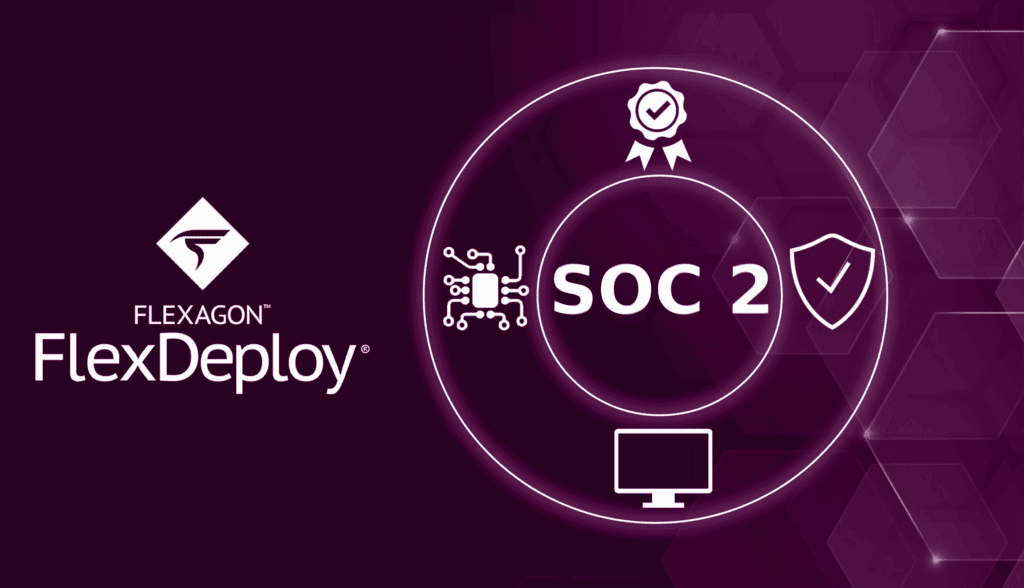The following is a summary of the information covered in the webinar: Gain a Competitive Advantage with DevOps, which can be accessed here.
What is DevOps?
DevOps is a set of practices that marries software development, operations, and quality assurance (QA) to achieve a shorter software delivery life cycle (SDLC) and higher quality releases with less risks.
However, DevOps is more than just a set of practices, as it requires a change or shift in organizational culture as well. Individuals in a company, particularly those in development and operations who are historically known for butting heads, experience improved collaboration and integration.
Although various departments have different goals, all can prosper from some of the benefits of DevOps, including:
- Accelerated delivery
- Improved quality
- Reduced cost
- Elimination of many risks
Ultimately, everyone (including the company at large) wants to move fast and effectively, particularly at scale and with quality.
Security is an integral aspect of DevOps. As a result, DevSecOps has arisen as a way to build security into the lifecycle and toolchain.
What are the benefits of DevOps?
DevOps fundamentally involves automation. This combined with iterative processes, continuous integration and delivery, and cross-functional collaboration results in a plethora of benefits.
These benefits include:
- Faster time-to-market
- Improved customer satisfaction
- Increased ability to build the right solution
- Better product quality
- More reliable releases
- Improved productivity
- Decreased cost and risk
These advantages are achieved via the core practices and processes of DevOps: Continuous Integration, Continuous Delivery, and Release Orchestration. These processes make the stages of build, deploy, and release effective and efficient. Thus, leading to an integrated and secure toolchain.
At the end of the day, it’s all about starting where you are and continuing to mature and improve your processes. The shifting IT landscape shows how companies are moving from silo culture to collaborative culture, from waterfall methodologies to lean and agile processes, and from infrequent delivery to continuous delivery.
With continuous integration (CI), continuous testing, continuous delivery (CD), and continuous deployment, it may be tempting to jump into the deep end and adopt continuous everything. But it’s best to start small and break things down.
Why build automation and Continuous Integration?
During the build, it is critical to package up certain changes in a fast and effective way that leads to consistency. You should be able to integrate the build tooling with your source control system. Additionally, you should be able to extract changes when necessary, then package and store them as artifacts in an artifact repository.
This is build automation. Consistently completing these steps is the starting point to DevOps.
Sometimes, it is appropriate to do a more traditional build, which may mean someone is using a schedule to kick off a build. However, you should be looking at how you can adopt CI. Only with CI can you get to full CD.
It can be a struggle to automate this process, but, ultimately, you can simplify your toolchain and get more insights from end to end with CI/CD and DevOps.
Why deployment automation?
Those artifacts that were just built must then be deployed into an environment or a series of environments. To expedite this process, it is best to eliminate the manual activities and scripting nightmares that usually accompany this step. These manual tasks are error-prone and lead to problems, and the scripts are costly to build and maintain.
Deployment automation means automating this process so deployments are fast and repeatable. Additionally, you can be confident that the deployment will work, because of eliminated manual tasks and the resulting improved quality.
If there ever is a problem, you can quickly roll back to a previous state. With this safety net, you will be more willing to make changes rapidly and keep up with demands (internal and external) and the competition.
Because of automation, changes are easily tracked. You can see what is running where, when it changed, and other important data.
Additionally, deployments can be triggered automatically or even scheduled.
Why release pipelines?
On top of automated build and deployment, there is a release pipeline capability. This provides governance and controls over the release process.
Quality checks can be injected into each stage. This can come in the form of manual human approvals, an integrated automated test, or another method. This will drive a consistent approach that ensures repeatability, thus further expediting the process.
Release pipelines also allow for visibility from end to end in the release process.
What are the analysts saying about DevOps?
Analysts like Forrester and Gartner state that the awareness and adoption trajectory of DevOps is consistently trending upward. Companies are investing in DevOps as it empowers IT teams to release new applications and adapt to change at the speed demanded by business. Thus, it is key to many organizations pursuing a competitive advantage with DevOps.
When looking for a DevOps or CDRA vendor, look for who can meet your current delivery and release automation needs. Additionally, know the business benefits you hope to realize with DevOps.
You can get a copy of the Forrester Wave: Continuous Delivery and Release Automation, Q2 2020.
Do you want to gain a competitive advantage with DevOps?
The recording of this webinar is now available on-demand!
Want to keep learning? Check out our other on-demand and upcoming webinars.
Please comment or contact [email protected] with any questions or if you are interested in getting hands-on with FlexDeploy.




